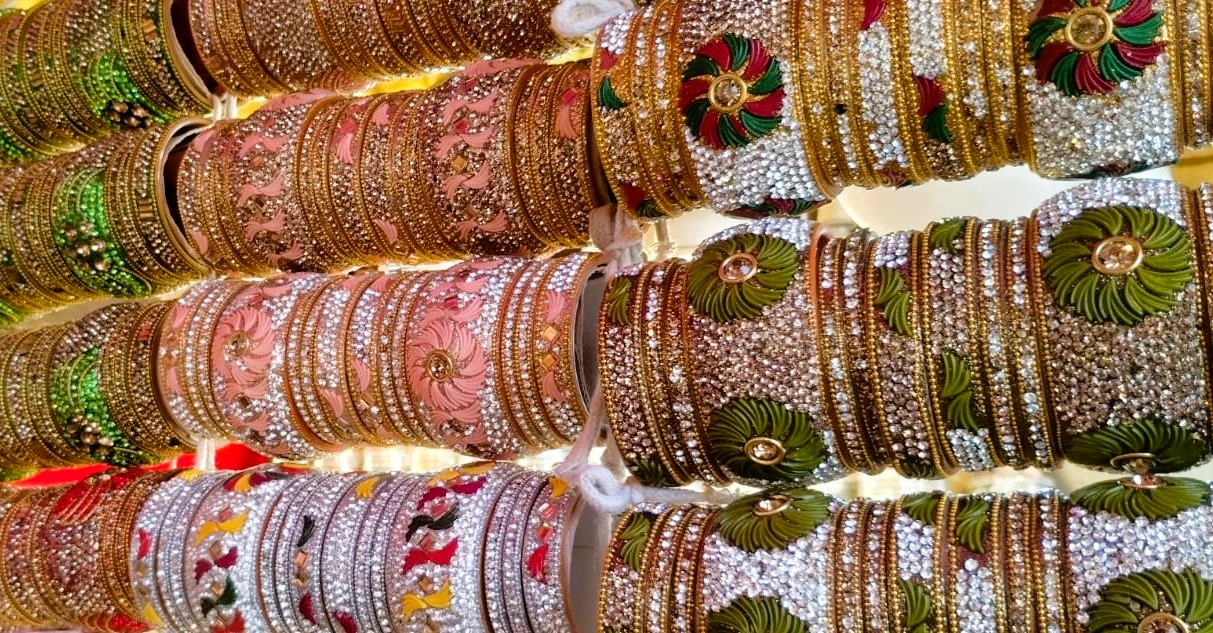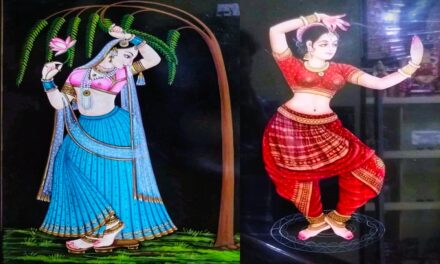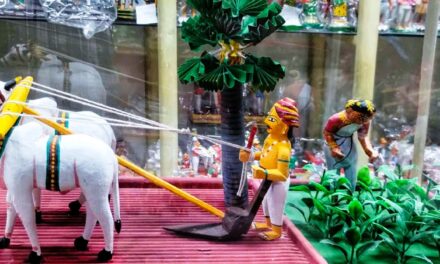Introduction
When you think of Hyderabad, what comes to mind? The iconic Charminar, The mouth-watering biryani? biryani, and of course, the glittering Hyderabadi lac bangles! These lac bangles hold immense cultural significance. Whether it’s a wedding, festival, or special occasion, these bangles symbolize prosperity, good fortune, and the timeless beauty of tradition.
History of Hyderabadi lac bangles
It is said that first stone studded lac bangles were created during the late Qutub Shahi period (around 300 to 350 years ago). Back then diamonds from the legendry Golconda mines might have been used to embellish these bangles. Over the time diamonds might have been replaced with decorative stones, beads, pearls, and mirrors, making these bangles more colorful.
What exactly is Lac?
Lac is a natural resin secreted by tiny insects called Kerria lacca, which thrive on specific host trees (mostly cultivated in three types of trees—Ber, Palash, and Kusum). These insects produce a protective coating of resin on the tree branches. This hard resin is then harvested and processed for various uses like wood finishing, the food industry, cosmetics, jewellery, and many more.
How is Lac Harvested?
Insect Secretion: Female Kerria lacca insects deposit resin onto tree branches as part of their life cycle. This resin forms a hard, crusty layer known as sticklac.
Collection: The coated branches are carefully scraped to gather the sticklac.
Processing: The harvested lac is washed and filtered to remove impurities, producing seedlac. When refined further, it becomes shellac, a highly versatile product.
So, the next time you admire a lac bangle, give a silent nod to these industrious little insects.
Ancient Origins: Lac in Indian Culture
The roots of lac go much deeper than the Qutub Shahi era. Archaeological excavations have uncovered red and green shellac bangles and beads from Chandraketugarh, dating back to the 3rd century BCE. That’s right—our ancestors were rocking lac jewelry thousands of years ago!
Lac in Middle Ages:
During the Middle Ages, lac wasn’t just for jewelry. It was used to make sealing wax, varnishes, and intricate wood-lacquer work. The Ain-i-Akbari (1590 A.D.), a detailed record of Mughal emperor Akbar’s reign, even mentions recipes for lac varnishes.
Lac ornaments, including bracelets (ehuris), rings, and trinkets, became popular among women, especially in rural India.
Lac in Modern Ages:
During british reign, Lac made a significant export. In 1805, lac exports from Bengal to London brought in Rs. 12,139.
In India Jharkhand is the major producer of lac, contributing to almost 54.60% of the total production.
Lahiri community:
The Laheri community, based in Jhalda (west Bengal), India, has been central to lac craftsmanship for generations. Historically, every member of this artisan group was involved in the craft. Today, only a few continue the tradition. The term “Laheri” itself derives from Laksha-Kara, meaning a worker in lac.
Where to Find Hyderabadi Lac Bangles?
For an authentic experience, just visit to Laad Bazaar (also known as Choodi Bazar), a shopping market located near the iconic Charminar. This vibrant market is a paradise for bangle and jewellery enthusiasts, who loves traditional and modern designs in every color imaginable.
Do You Know?
The famous Laad Bazaar in Hyderabad got its name from the Hindi word “Laad,” meaning lacquer, which is used to craft these beautiful bangles.
References-
https://timesofindia.indiatimes.com/city/hyderabad/hyderabad-lac-bangles-get-gi-tag/articleshow/108171727.cms
https://www.deccanherald.com/lifestyle/design/worth-a-lac-3017829
HANDICRAFTS SURVEY MONOGRAPH ON LAC ORNAMENTS



